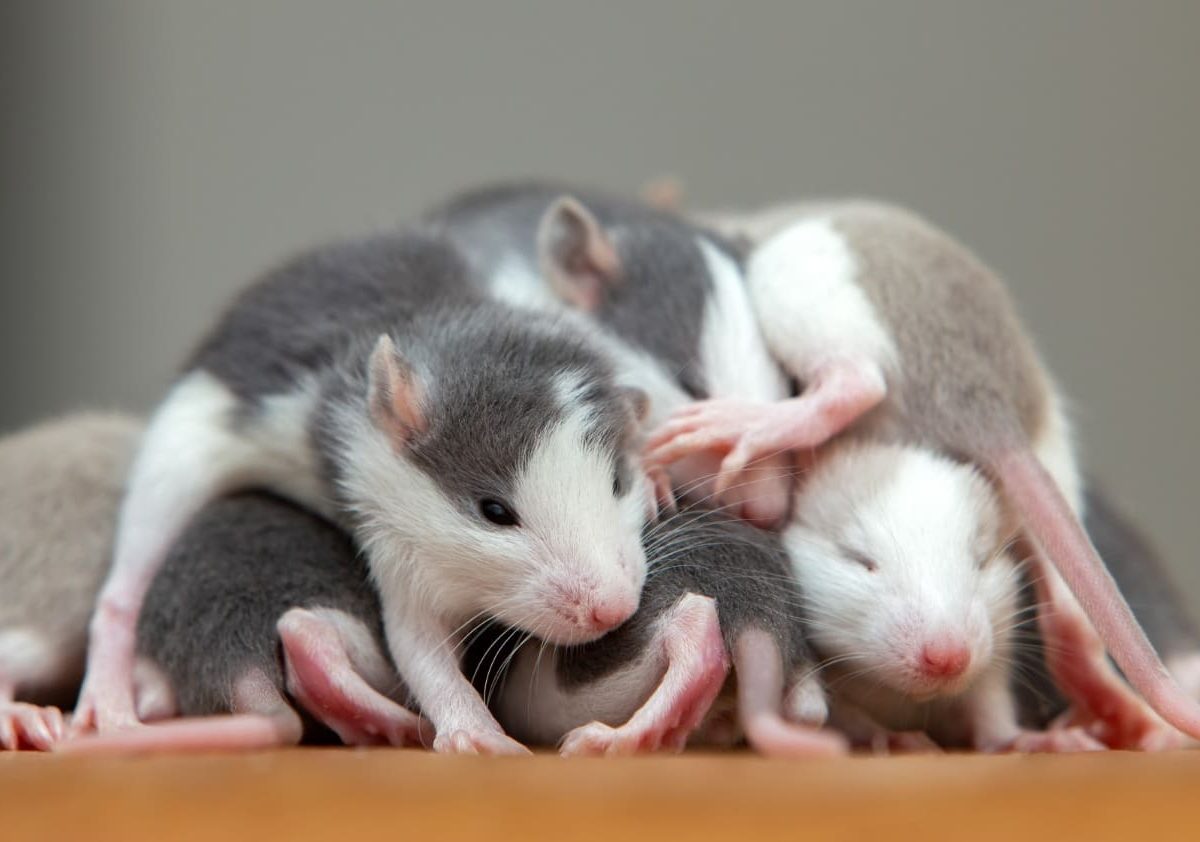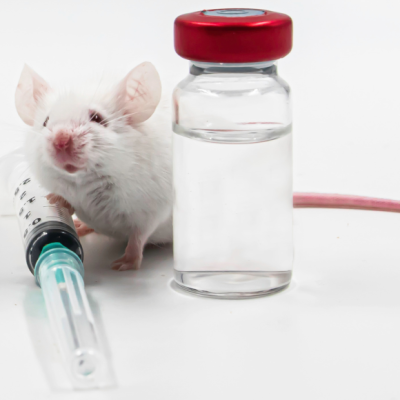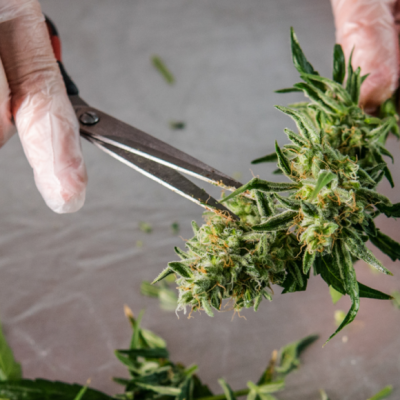New research has revealed that social interactions play a significant role in the sleep behavior of mice. Scientists have long known that social interactions can affect animal development, physiology, and behavior, but the impact on sleep has been poorly understood until now.
The study, which was conducted on freely moving and co-living mice, found that the animals seek physical contact before sleep initiation and sleep while in close proximity to each other, a behavior known as “huddling.” The researchers also discovered that mice are willing to forgo their preferred sleep location to gain access to social contact during sleep, suggesting that the motivation for prolonged physical contact drives huddling behavior.
To determine whether huddling during sleep is a motivated behavior, the researchers devised a novel behavioral apparatus that allowed mice to choose whether to sleep in close proximity to a conspecific or in solitude, under different environmental conditions. They also applied a deep-learning-based approach to classify huddling behavior.
The study also revealed coordination in multiple neurophysiological features among co-sleeping individuals, including in the timing of falling asleep and waking up and non-rapid eye movement sleep (NREMS) intensity. Notably, the timing of rapid eye movement sleep (REMS) was synchronized among co-sleeping male siblings but not co-sleeping female or unfamiliar mice.
These findings provide novel insights into the motivation for physical contact and the extent of social-dependent plasticity in sleep. The study highlights the importance of social interactions in animal behavior and physiology and could have implications for understanding human sleep behavior as well.
The research was conducted using wireless neurophysiological devices to simultaneously record multiple individuals within a group for 24 hours, alongside video acquisition. The study’s findings could have implications for understanding sleep behavior in other animals and could lead to new insights into the role of social interactions in sleep regulation.
Science Shop
AdvertisementSource: Sotelo, María Inés, Chelsea Markunas, Tyler Kudlak, Chani Kohtz, Alexei L. Vyssotski, Gideon Rothschild, and Ada Eban-Rothschild. 2023. “Neurophysiological and Behavioral Synchronization in Group-Living and Sleeping Mice.” Current Biology, December. https://doi.org/10.1016/j.cub.2023.11.065.










